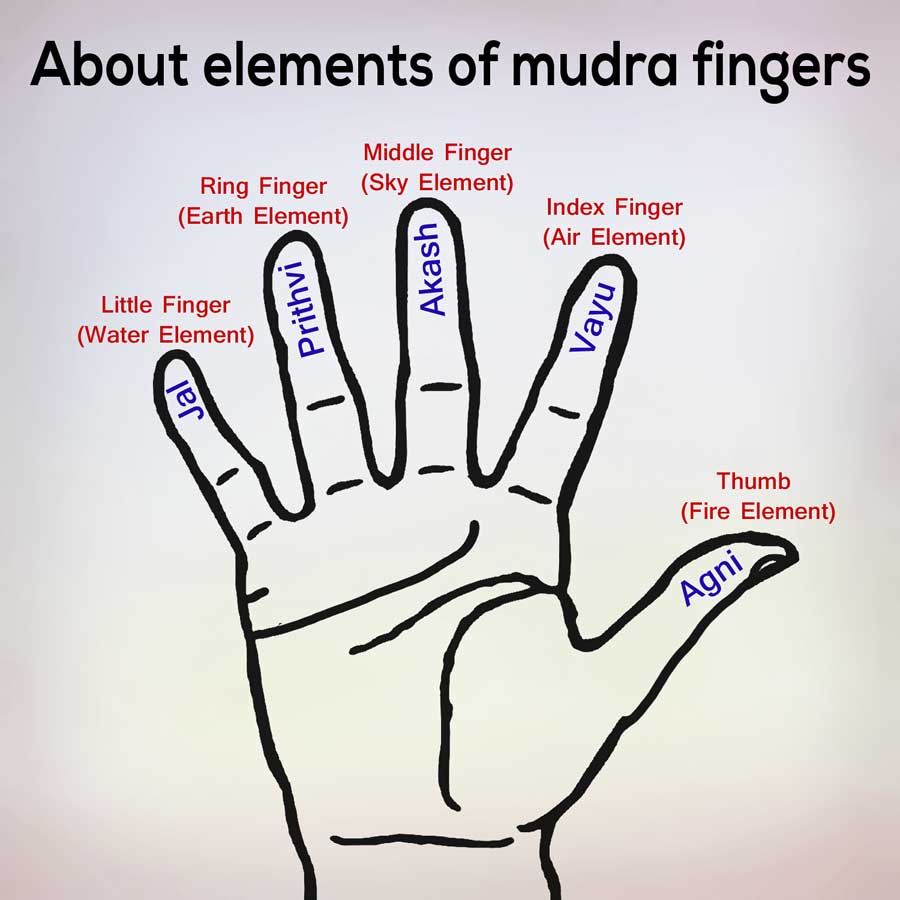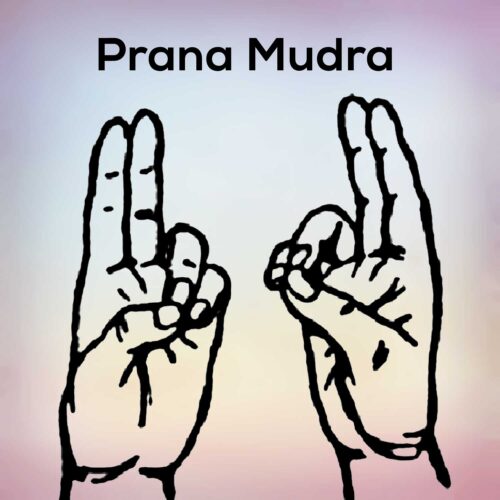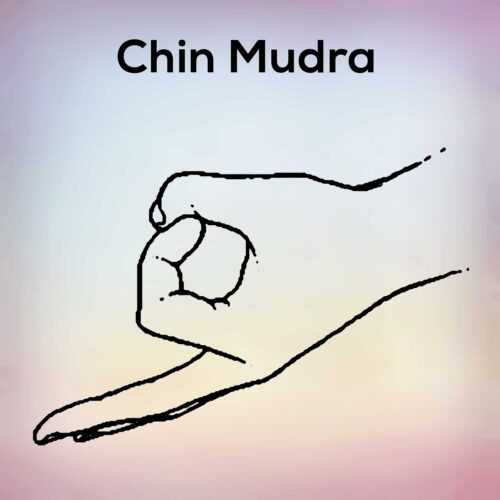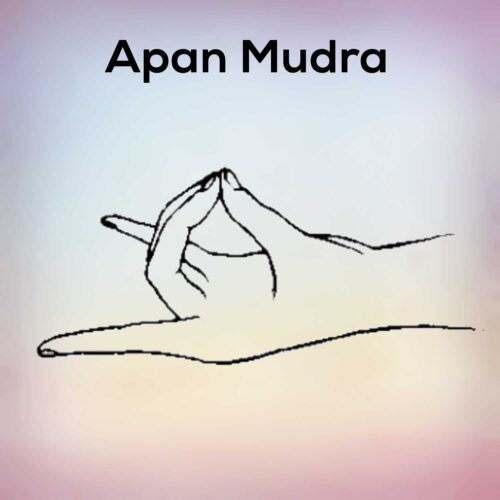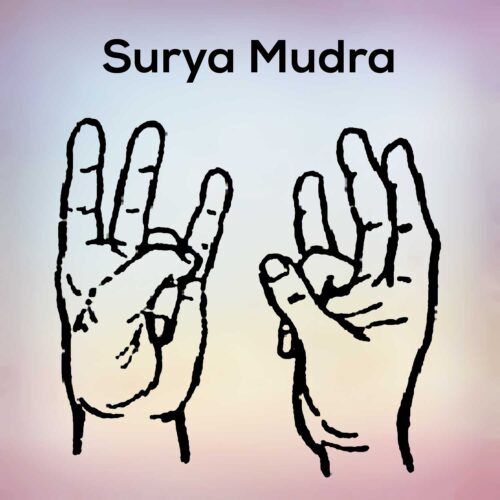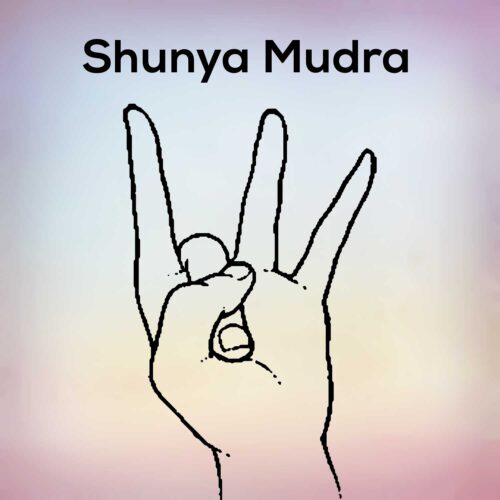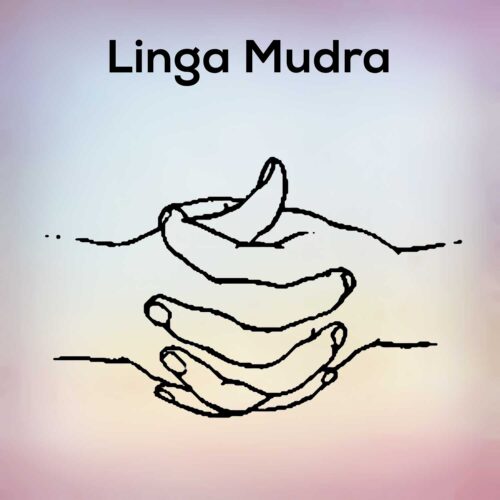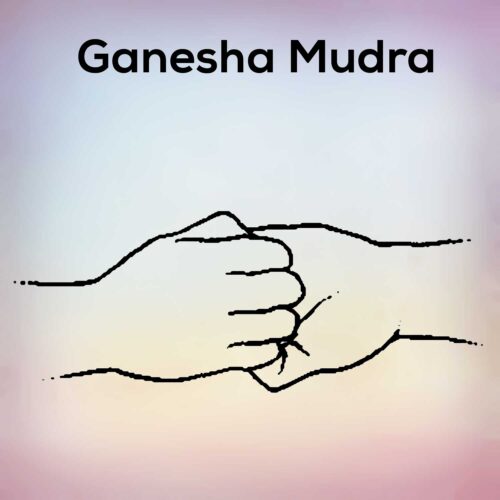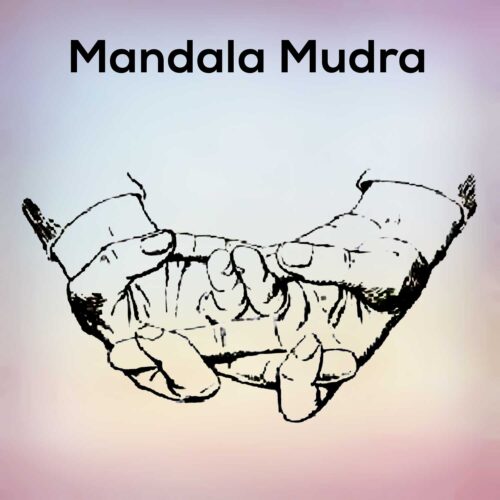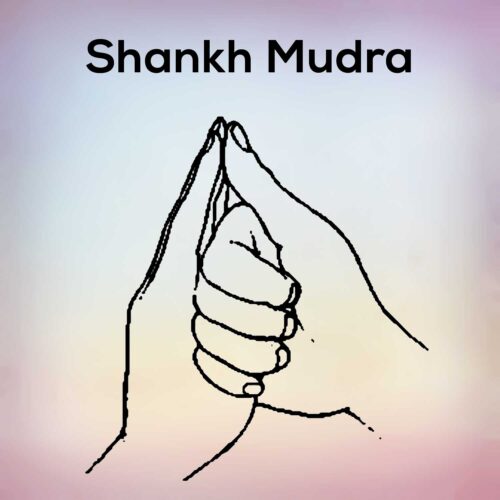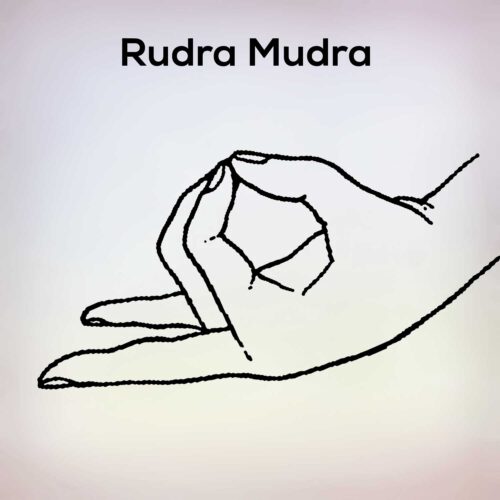Yoga Mudras : Basic Knowledge Of Finger Elements, How Does It Work Types
Yoga Mudras (Hast Mudras)
Yoga Mudras – Mudra therapy is a non-medical mode of treatment that helps without causing harm. Mudras are various postures of fingers and thumbs. In Mudra therapy, different diseases are treated by holding fingers and thumbs in different ways and treating them.
Yoga mudras are postures used in combination with breathing exercises that bring to life the flow of prana in the body, providing energy to various parts of the body.
The major 45 types of yoga Mudras are described using finger elements, which are as follows
- Gyan Mudra
- Prana Mudra
- Vayu Mudra
- Prithvi Mudra
- Chin Mudra
- Apan Mudra
- Surya Mudra
- Shunya Mudra
- Linga Mudra
- Ganesha Mudra
- Mandala Mudra
- Shankh Mudra
- Rudra Mudra
- Apan Vayu Mudra
- Surahi Mudra
- Surabhi Mudra
- Hakini Mudra
- Bronchial And Asthama Mudra
- Back Mudra
- Kundalini Mudra
- Yoni Mudra
- Jnana Mudra
- Varun Mudra
- Adi Mudra
- Shuni Mudra
- Anjali Mudra
- Lotus Mudra
- Kubera Mudra
- Maha Sacral Mudra
- Shiva Linga Mudra
- Poorna Mudra
- Suchi Mudra
- Abhaya Mudra
- Garuda Mudra
- Kali Mudra
- Venus Lock Mudra
- Jupiter Lock Mudra
- Vaayan Mudra
- Samana Vayu Mudra
- Hansi Mudra
- Mrigi Mudra
- Hirdayi Mudra
- Aditi Mudra
- Chinmaya Mudra
It is the simplest remedy that surprisingly restores the state of balance in the body and increases the level of resistance of the performers. Thus with the patient’s immunity strong, the disease has no choice but to run away. The universe is made up of five basic elements: space (or ether), air, fire, water, and earth. In Ayurvedic terminology, these are called sky, air, fire, water, and earth respectively. Being a small universe, the human body is also made up of these five elements.
1) – Aakaash (space)
Sky is an inactive element that manifests itself in the bodily cavities like the cranial cavity, the paranasal sinuses, the ear cavity, the buccal cavity (mouth), the thoracic cavity, the abdomen-pelvic cavity and the spaces -within tubular bag-like organs. The Aakash makes room inside the body so that the rest of the elements can function. Aakash is also associated with sound and hence, hearing. Ear diseases (eg, acute pain) are relieved by manipulation of the ether element.
2) – Vaayu (air)
Air is the element of movement. All movements of the body and within the body, voluntary as well as involuntary, are effected by air. Air is responsible for our thoughts and feelings and also for the movement of electrical impulses along the sensory and motor nerves. Air is identified with the feeling of touch and, hence, to the skin. Disorders of movements (lacking as in paralysis or excessive as in Parkinsons disease) can be helped by the manipulation of air element.
3) – The element (Fire)
Agni is responsible for body temperature and metabolism. The fire works on the elemental system, whereby thirst, hunger, digestion of food and digested food are ingested. Agni is also associated with vision and hence, eyes. Disorders such as loss of appetite, indigestion, and obesity can be helped by manipulation (reinforcement) of the fire element.
4) – The element of (water)
Jal is a component of protoplasm (A jelly-like substance present within cells), blood, tears, saliva, digestive juices, sweat, urine, semen, cerebrospinal fluid (CSF) and fat. Water is related to taste and so also for the tongue. Without water, the tongue cannot recognize different flavors. Disorders of water-metabolism within the body (e.g., dehydration or water-retention) can be helped by manipulating the water element.
5) – The element of (earth)
Earth is a component of skin, hair, nails, bones, cartilage, muscles, etc. It is responsible for the body-mass. Excess of the earth element causes obesity (overweight) while deficiency leads to attenuation (overweight). Earth is also associated with smell and hence, nose. Disorders such as leanness, prostitution, debility, low immunity, etc. can be helped by manipulation (reinforcement) of the earth element.
How to Yoga Mudra works, how can be understood using this simple analogy?
You consider, the human body an electric circuit in which current (energy) is flowing through the Vein (Nadis of the body).
These Vein (nadis) connect different parts of the electrical circuit (body parts). There are five main terminals (5 elements mentioned above) of this circuit that either begin or end in the hands or feet.
When you hold or press a particular finger in a yoga pose, it stimulates the corresponding energy center or gland in the brain. In this way, the brain gets the signal to change the energy pattern within the body and does this by regulating vital energy flow.
Let us discuss the most common hand posture used in yoga practice. You can use these mudras during meditation and pranayama practice to concentrate the mind.
How to Yoga Mudras Performed?
- You can practice the pose in combination with meditation and breathing techniques to direct the flow of energy through the body. Keep in mind that it takes time to be sensitive to the effects of these mudras.
- To practice, sit in any of the comfortable meditative positions in Sukhasana (Easy Pose), Vajrasana (Diamond Pose), or Padmasana (Lotus Pose). And if you are not comfortable sitting on the floor then feel free to sit on a chair with your back straight.
- Practicing Yoga Mudras In order to experience the sensations, it is important to prepare your hands before you do these postures. Ideally you are advised to sit in a quiet place with no distractions. Keeping the eyes closed brings concentration and increases healing power, which helps to see the sensations that arise.
- The first step to get circulation going, is to rub your palms for 20 to 30 seconds. This will allow you to feel the heat from the friction with your hands, indicating the activation of all the nerve endings in the hands, various Stimulates every cell attached to the organs.
- Now place your hands on your lap with the palms facing upwards; Try to calm your thoughts to feel the tingling or pulsing sensations in your hands and body and feel the calm and serene atmosphere of nature. Stay in this position for at least 15 to 20 seconds.
- Then press your fingers in a particular pattern to do various yoga mudras (Hasta mudra) and apply enough pressure to feel the energy flow and there are different types of yoga mudras, practice them according to your need.
- Then press your fingers in a particular pattern to do various yoga mudra (hand mudras) and apply enough pressure to feel the energy flow and there are different types of yoga mudras, practice them according to your need.
- These yoga postures are used in combination with breathing exercises to revive the flow of prana in the body, and provide energy to various parts of the body.
The practice of yoga mudra helps in developing the body and mind, it is not a substitute for medicine, yet doing yoga mudra has a great effect on the mind and body and teaches the art of living a healthy life. We are able to move into states of transcendental consciousness by making a specific posture from the position of our hands, eyes, and fingers. Yoga mudra also requires learning and practicing yoga under the supervision of a trained yoga teacher. In case of any kind of disease, do yoga only after consulting your doctor and yoga teacher.
